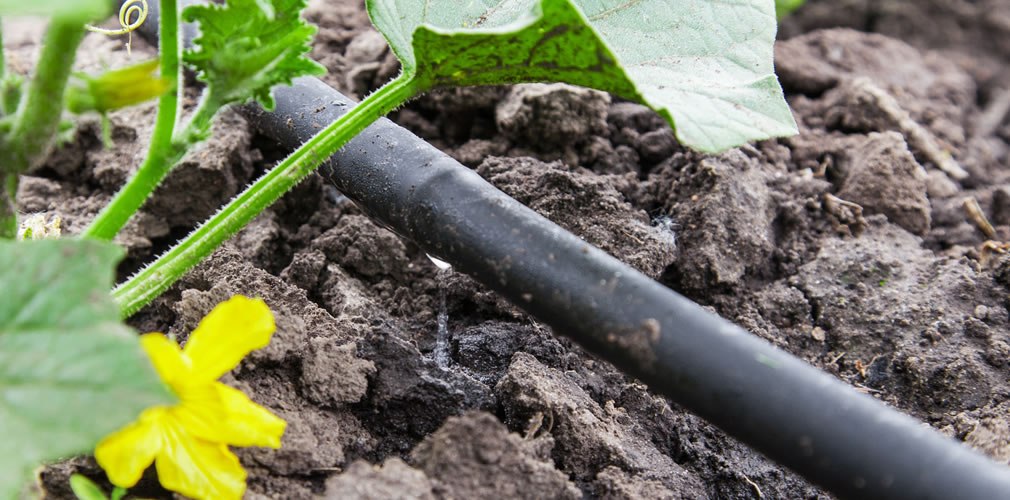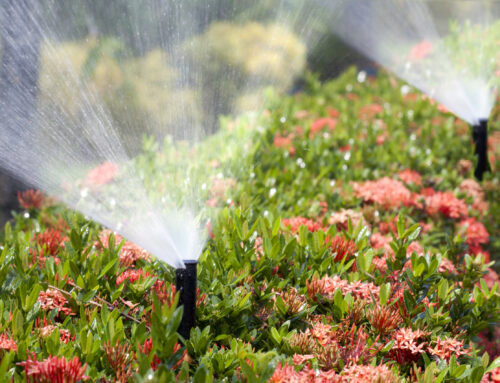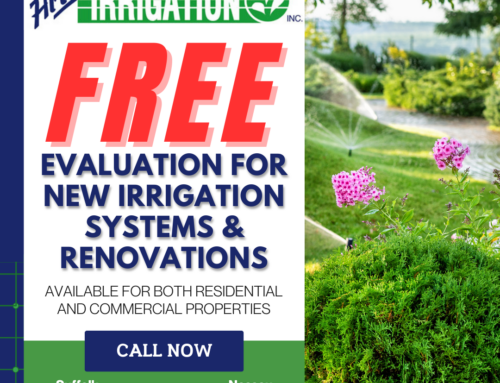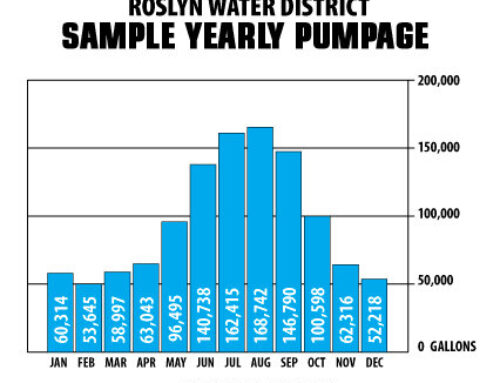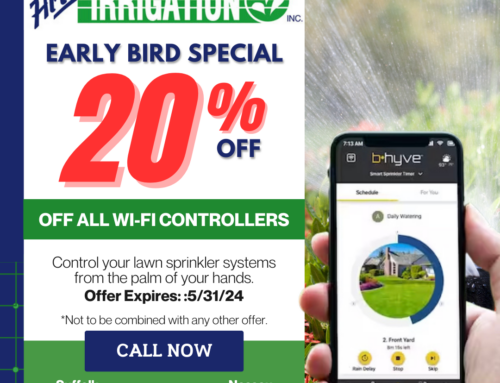Drip irrigation is a system of delivering water directly to the roots of a plant through low-pressure, low-volume methods. This efficient irrigation technique conserves water and greatly reduces watering times. This versatile and innovative watering solution is being utilized in home gardens, vineyards, farms and rooftop gardens all over the world.
About Drip Irrigation
Unlike traditional sprinklers, drip irrigation uses soaker hoses to provide moisture to plants and vegetation. These hoses are positioned on the soil, next to the plants you want watered. The hose is connected to a main water supply which can be linked to a timer. Water oozes out of tiny holes in the hose, seeping slowly into the soil, one drop at a time.
Root systems love drip irrigation because they are able to soak up the moisture from the hose without getting water-logged. Plants and vegetables become addicted to the steady supply of water and their roots concentrate in these areas.
Why Choose a Drip Irrigation System?
Drip systems provide convenience and conserve water. They deliver water exactly where your plants are located and limit unnecessary watering to areas with no vegetation. The hoses are small and are easily camouflaged along your mulch and soil lines. As the plants grow and spread, they conceal much of the system.
A typical drip irrigation system uses 30-50% less water than traditional sprinkler water methods. The precise and gentle watering minimizes runoff and prevents overwatering that leads to disease and fungus. Minimal overspray and evaporation occurs, reducing waste water and puddling.
Drip Irrigation FAQ
Can I incorporate drip irrigation into my current in-ground sprinkler system?
Yes! Hi-Tech Irrigation can install a conversion kit to your current components that will distribute water to drip irrigation emitters. This is a simple process that should not disrupt your lawn or irrigation system.
Where are the best areas to use drip irrigation?
Low volume irrigation systems are designed for placement in both, new, existing landscapes and vegetable gardens. They are also ideal for installation on difficult terrain such as on slopes, in oddly shaped areas, and sites with high winds. Drip irrigation can be used on shrubs, ground-covers, trees, flower beds, vegetable gardens, perennials, pots and containers. It can also be installed in a greenhouse and nurseries.
What are the advantages of using a drip irrigation system over spray or rotary sprinkler heads?
Investing in a low volume drip irrigation system is a cost-saver. You will significantly lower your water use in your garden, thus lowering your water utility bills. Drip irrigation systems are inexpensive to install and easy to maintain.
How long and how often should I water the areas in my yard that have the drip system?
The soil type, weather conditions and plant material all affect the length and frequency of watering. Our technicians will determine the initial settings of your system. After a few weeks, check the soil and health of your plants. If you feel adjustments need to be made, call our customer service department and we will send a technician to your home to fine-tune your schedule.

